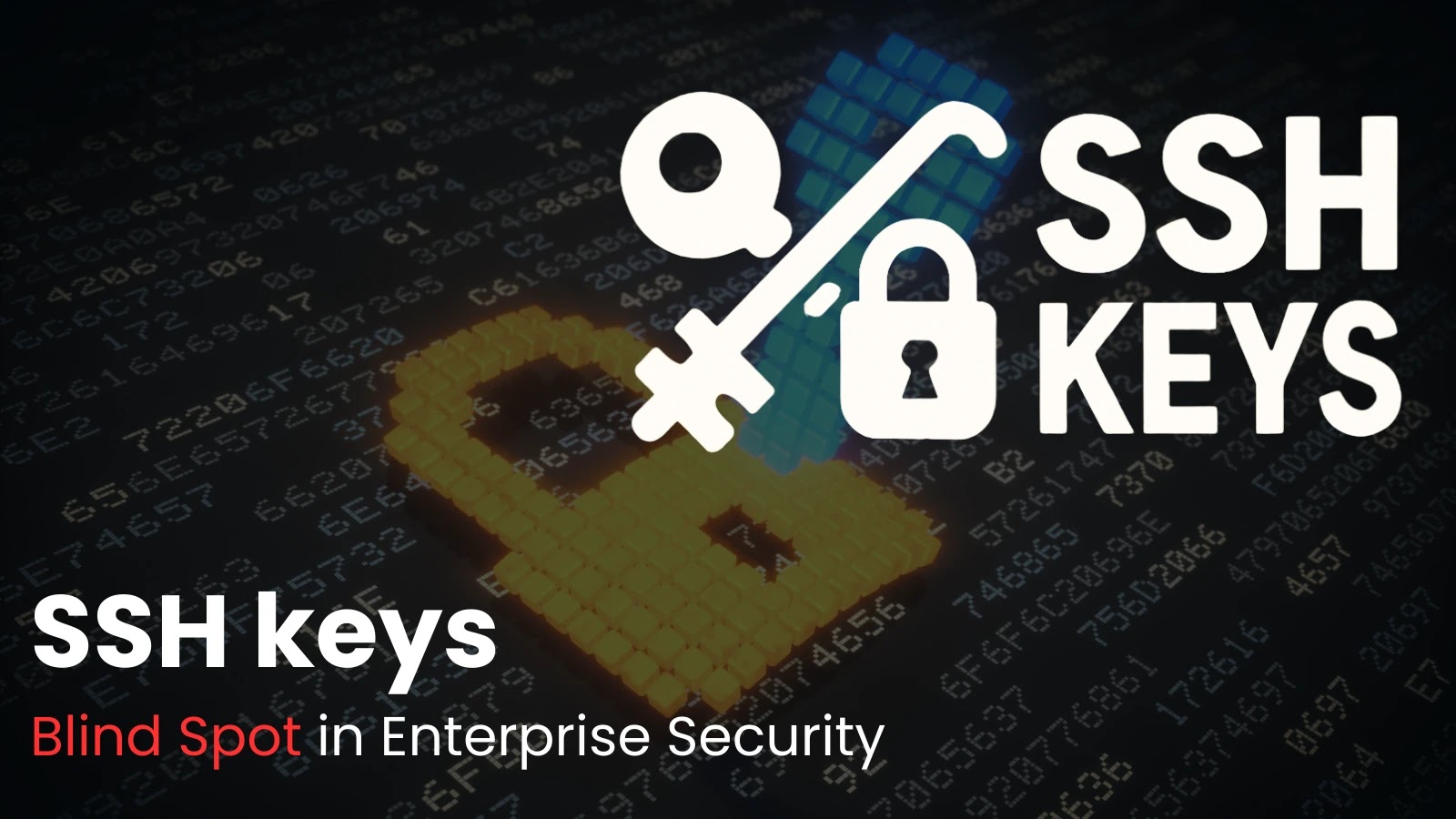In today’s rapidly evolving digital landscape, traditional cybersecurity measures are proving inadequate. The widespread adoption of cloud services, mobile devices, and remote work has expanded organizational attack surfaces, necessitating a more robust security framework. The Zero Trust model, which operates on the principle of never trust, always verify, offers a comprehensive approach to address these challenges. By integrating Zero Trust with Identity and Access Management (IAM), organizations can enhance their security posture while maintaining operational efficiency.
Understanding Zero Trust
Zero Trust is a security paradigm that eliminates implicit trust within an organization’s IT infrastructure. Unlike traditional models that rely on perimeter-based defenses, Zero Trust assumes that threats can originate from both external and internal sources. This approach requires continuous verification of every user, device, and application attempting to access resources, regardless of their location or network connection. By focusing on strict access controls and continuous verification, Zero Trust mitigates risks such as unauthorized access, data breaches, and lateral movement within networks.
The Role of Identity and Access Management (IAM)
IAM is a framework that ensures the right individuals and machines have access to the right resources at the right times for the right reasons. It involves managing digital identities and controlling access to enterprise resources through components like authentication, authorization, user management, and auditing. By integrating IAM with Zero Trust principles, organizations can enforce strict access controls and continuous verification, thereby enhancing their overall security posture.
Essential Components of Zero Trust IAM
Implementing Zero Trust within IAM requires careful consideration of several critical elements:
– Continuous Verification: Every access request must be verified in real-time, ensuring that security decisions are based on current conditions rather than previous authentication status.
– Least Privilege Access: Users and systems should be granted the minimum permissions required to perform their specific roles, minimizing potential damage from compromised accounts.
– Dynamic, Context-Aware Authentication: Access decisions should incorporate real-time context, including device health, user location, time of access, and behavioral patterns.
– Role-Based Access Control (RBAC): Assigning permissions based on organizational roles reduces the likelihood of errors and simplifies administration.
– Comprehensive Identity Lifecycle Management: Effective user management throughout the entire identity lifecycle ensures that access privileges remain appropriate and that former users cannot retain system access.
Integrating Zero Trust with IAM
Integrating Zero Trust strategies with IAM involves several key steps:
1. Assess Current Security Posture: Evaluate existing IAM policies and identify areas where implicit trust may exist.
2. Implement Multi-Factor Authentication (MFA): Enhance authentication processes by requiring multiple forms of verification.
3. Adopt Least Privilege Access: Review and adjust access permissions to ensure users have only the access necessary for their roles.
4. Monitor and Audit Access: Continuously monitor access requests and maintain detailed logs to detect and respond to anomalies.
5. Educate and Train Employees: Provide ongoing training to ensure employees understand and adhere to Zero Trust principles.
Challenges and Considerations
While integrating Zero Trust with IAM offers significant security benefits, organizations may encounter challenges such as:
– Complexity: Implementing Zero Trust requires a comprehensive understanding of the organization’s infrastructure and workflows.
– Resource Allocation: Adequate resources, including time and budget, must be allocated to implement and maintain Zero Trust IAM strategies.
– Cultural Shift: Transitioning to a Zero Trust model requires a cultural shift within the organization, emphasizing security at all levels.
Conclusion
In an era where cyber threats are increasingly sophisticated, integrating Zero Trust strategies with Identity and Access Management is essential for organizations aiming to protect their digital assets. By adopting a never trust, always verify approach and implementing strict access controls, organizations can enhance their security posture, reduce the risk of data breaches, and ensure compliance with regulatory requirements.



